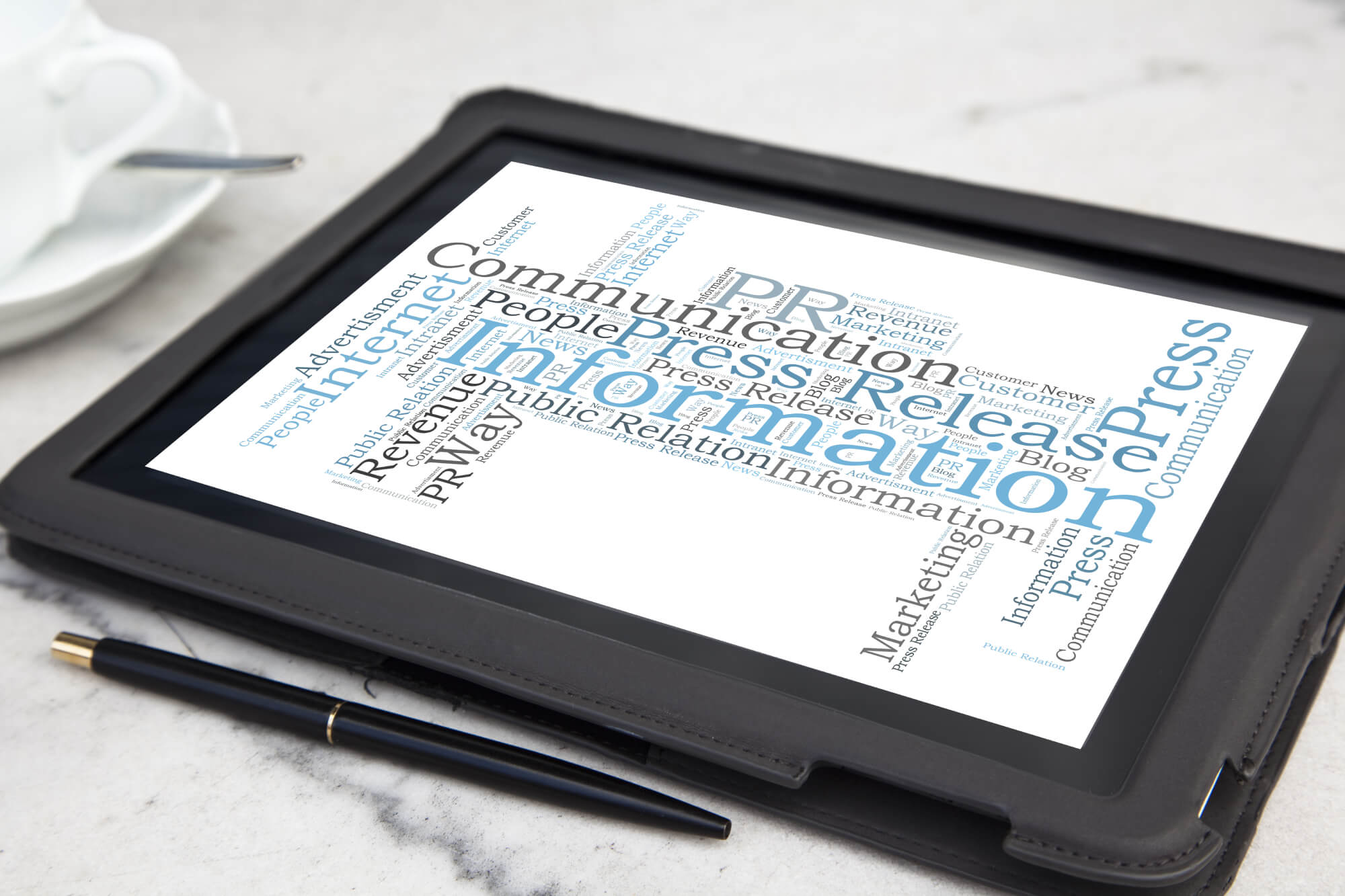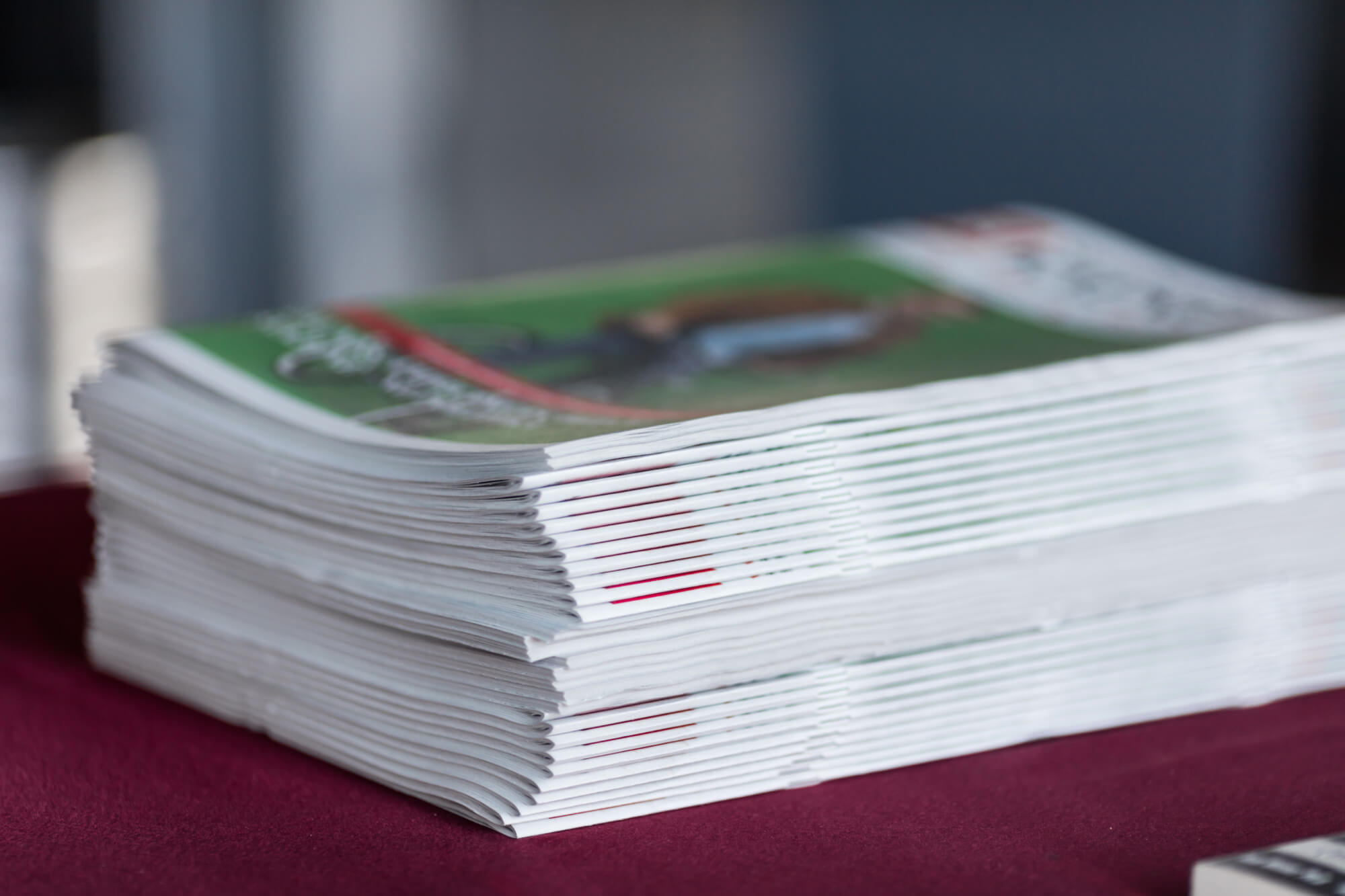by Areti Vassou, Digital Strategy Director, Ideadeco.co
How many times have we wondered how important is to write a great press release. Press releases can be extremely effective in conveying news and announcements that support your company’s PR strategy.
When crafted thoughtfully and targeted to the right people, press releases can provide useful information to journalists as they decide which stories to cover.
In general, the goal of a press release is to gain interest from a journalist or publication. Given the crowded nature of today’s media landscape, generating this interest is not as easy as it once was. Nowadays PR professionals need to be strategic when crafting press releases if they want attention from reporters.
But what exactly is a press release?
A press release is an official statement delivered to members of the news media for the purpose of providing information, creating an official statement, or making an announcement directed for public release. However there are no guarantees that our statement will be published so we need to be patient. We have to wait at least a couple of days before communicating with the reporter and ask whether or not they have received our press release. And do not forget, kindness can move mountains!

What to include in a press release
A good press release should take a factual tone and be short and concise, giving the journalist the essence of the story. We should pay extra attention to dictation, syntax, conceptual development and the length of our text.
Why not all press releases get published?
It is crucial to ensure that your headline is accurate and relevant to the topic of your release. Journalists are really busy so a smart headline and a concise text will certainly get their attention. However if your press release does not get published, avoid alienating journalists because this can make your job harder and damage your reputation.
What not to do
It’s essential to research the press and media you will be targeting with your press release in order to send the text that is in accord with each media´s objective. Generally, you should send a press release by email. It is wise to make your subject line attention-grabbing. Any press release sent by email should be pasted into the email rather than sent as an attachment – this may see your email flagged as spam. Also you should respect the work schedule of the reporters and avoid sending emails at an inappropriate time. Last but not least, you should be very careful choosing the right tone in writing. Under no circumstances should you use inappropriate, too informal language towards the journalist.

We would like to thank www.epixeiro.gr for their contribution

